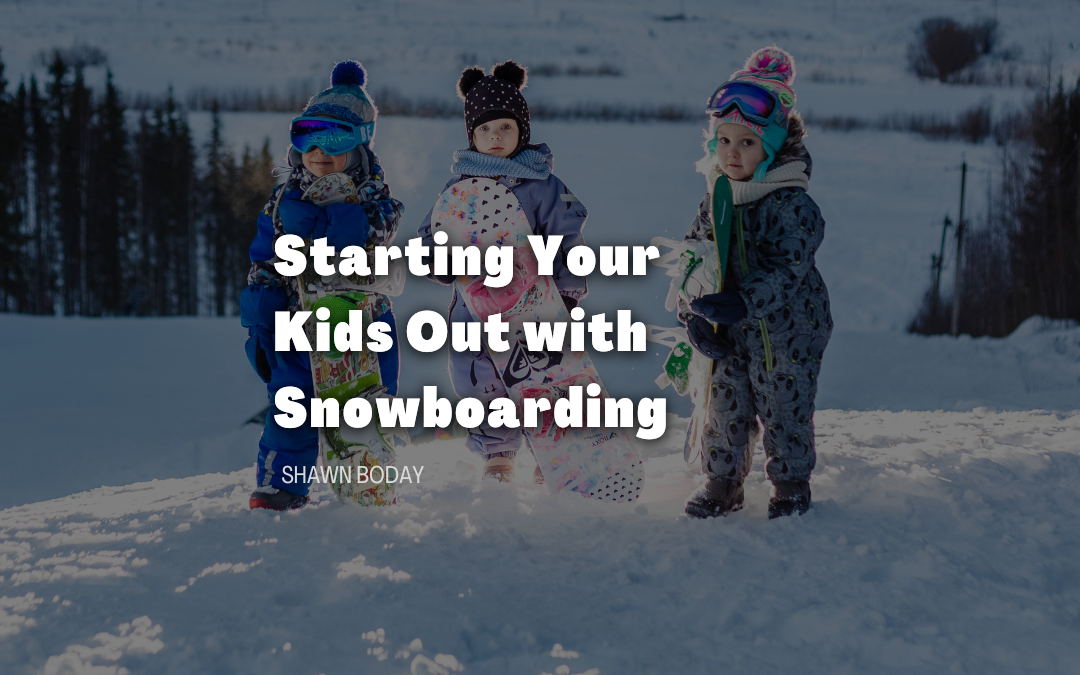Youngsters interested in learning a parent’s hobby provide the chance for fun-filled quality time together. Snowboarding is no exception. Jake Burton develops snowboards to provide his children with another means of enjoying winter sports. Burton recommends that parents teach kids the skill of snowboarding by following a few steps.
Have Fun
Adults must remember that learning anything requires patience and practice. As such, throughout the journey, strive to maintain an atmosphere of fun. If instructing more than one child, consider that different individuals learn at different paces. Resist the temptation to become impatient should one or more of your children display frustration or not seem as enthusiastic as hoped. Let them learn at their own pace and provide plenty of encouragement along the way.
Practice at Home
It is possible to teach basic skills at home without snow. Surround a child with blankets or pillows to learn how to safely fall off a board. Perhaps get creative and design a type of Riglet course, which gives children the chance to learn how to stand and balance on the board. When snow does fly, perhaps build a small ramp or cover a backyard slide with plenty of snow. There are a number of indoor slopes located in various world countries and one in New Jersey. But, more U.S. facilities are currently being planned or are in a phase of construction. Indoor slopes offer a safe space in which younger athletes have the chance to get a firm grip on the basics before venturing outdoors onto larger slopes.
Ensure Comfort
When venturing outside in the snow, nothing takes the joy away faster from little ones than feeling cold. Before heading outdoors for fun and lessons, consider outdoor temperatures and wind. Optimal temperatures are no lower than the 30 to 20 degrees Fahrenheit range, which also keeps snow at the right consistency. Dress children in the appropriate outerwear to ensure warmth. Sufficient layers of clothing also act as a cushion when they fall. Basic clothing should include a warm coat or parka, snow pants, boots, and mittens. Youngsters also need to get used to wearing a protective helmet and visor or goggles.

